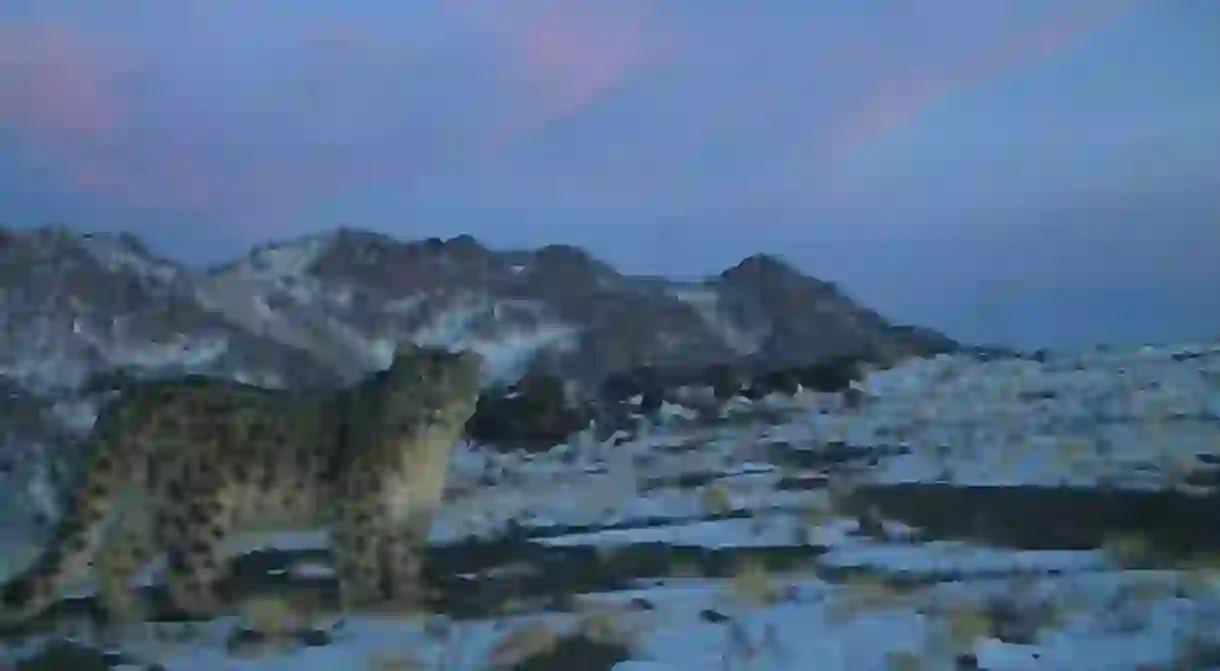How Artificial Intelligence and ‘Camera Trapping’ Are Helping Scientists Conserve the World’s Most Elusive Wildlife

From the mangrove forests of Bangladesh’s Sundarbans to the snowy peaks of Mongolia, artificial intelligence and camera traps – remote cameras triggered by animal movement – are revolutionising the way scientists study the world’s most elusive wildlife.
Although they have been around for decades, camera traps, when allied with new AI technology, have emerged as powerful tools for conservation and ecological research.
The remotely-activated cameras are connected to infrared sensors that can “see” warm objects, such as animals moving past the lens. When the sensor is triggered, the camera automatically fires, recording an image or video without requiring researchers to be present.
While the technique is well-established in animal photography, recent deployments have given scientists unprecedented access to elusive wildlife, the ability to surveil protected areas and new insight into rare species’ locations, activities, population size, social structure, and conservation risk.
In the Bangladesh Sundarbans, the world’s largest mangrove forest, camera traps are used to study endangered tigers in area where conservation resources and rangers are limited.

In the rugged mountains of central Asia, camera traps offer scientists the ability to observe endangered and elusive snow leopards in the cold, barren landscape of their high-altitude home. In addition to overcoming the harsh landscape, where researchers are unable to spend significant lengths of time, snow leopards have dwindled to an estimated population of 4,000 to 6,000 – making them so rare that remote cameras are one of the only feasible ways to study them.

While the camera traps offer a solution for a diversity of challenging environments, sorting the images to find relevant captures – photographs of the animal species under study – has traditionally been a tedious, manual task, taking hundreds of human hours.
Now, a Microsoft AI solution is accelerating the process, with a machine learning model that can identify particular animals and automatically classify hundreds of thousands of photos in a matter of minutes.
“When you’re camera-trapping in an area, you sometimes you end up with thousands of pictures that are not relevant. That’s where AI comes to the rescue,” says Koustubh Sharma, a Kyrgyzstan-based wildlife biologist who has studied snow leopards for more than a decade.
The system will help conservationists focus more of their resources on researching population health, location and range of threatened species, and with the development of conservation programs.

For more on the role of tech in animal conservation, learn how technology is helping fight poaching in Kenya.













